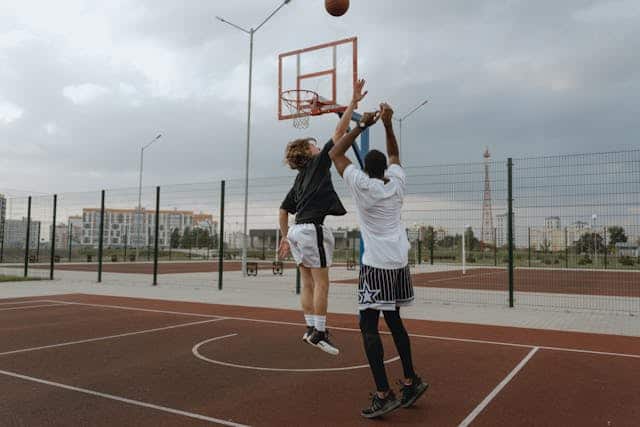
Association between childcare movement behaviour compositions with health and development among preschoolers: Finding the optimal combinations of physical activities and sedentary time
October 20, 2022
Daily patterns of physical activity, sedentary behavior, and prevalent and incident depression—The Maastricht Study
November 2, 2022A paper titled “Recent Secular Trends in Child and Adolescent Physical Activity and Sedentary Behavior Internationally: Analyses of Active Healthy Kids Global Alliance Global Matrices 1.0 to 4.0″ has recently been published online in the Journal of Physical Activity and Health. The summary of the paper and citation details are re-posted below. The full publication can be found here.
ABSTRACT
Background: We examined recent global secular trends in 5 indicators of child and adolescent physical activity and sedentary behavior (Overall Physical Activity, Organized Sport and Physical Activity, Active Play, Active Transportation, and Sedentary Behavior) and 4 influences on these (Family and Peers, School, Community and Environment, and Government). Methods: Active Healthy Kids Global Alliance letter grades (A+ to F) were assigned numbers from 15 to 2, with 0 assigned for missing/incomplete grades. Trends from Active Healthy Kids Global Alliance Global Matrices 1.0 (2014) to 4.0 (2022) were analyzed using linear mixed-effects models with level of economic development and gender inequity considered as potential moderators. Results: Report card grades were generally relatively stable. Trends generally did not differ significantly by level of economic development (except for Active Transportation and Active Play), but gender inequality did significantly moderate trends for most of the indicators, with higher gender inequality associated with more adverse changes in grades. The number of “incomplete” grades decreased over time, but this did not reach statistical significance. Conclusions: While trends varied within and between countries, physical activity and sedentary behaviors, and the influences on these behaviors globally, were relatively stable over the past decade or so, albeit at undesirable levels.
CITATION




